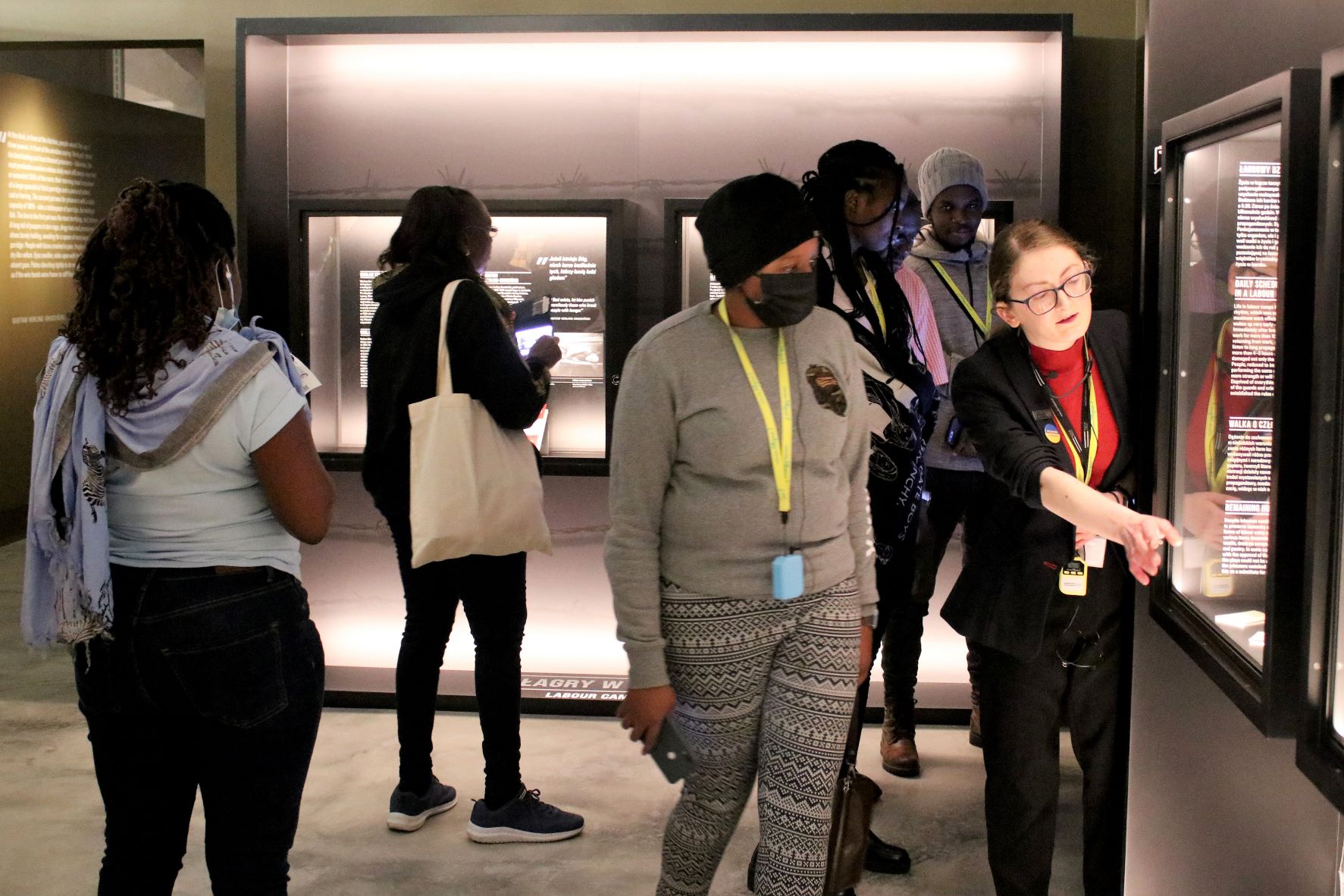Joyce Kinynyiu — director of Nairobi National Museum (Kenya), a group of Kenyan journalists — including Joan Njeri Maina and Daniel Karanja Ng’endo, who are preparing a film about Polish refugees in Africa — and Father Peter Wasswa, parish priest at Our Lady Queen of Poland Catholic Church in Nyabyeya (Uganda) came to Bialystok specifically to visit the Sybir Memorial Museum. According to his words, the church was erected by Polish Sybiraks. It is adjacent to a small cemetery with Polish graves.
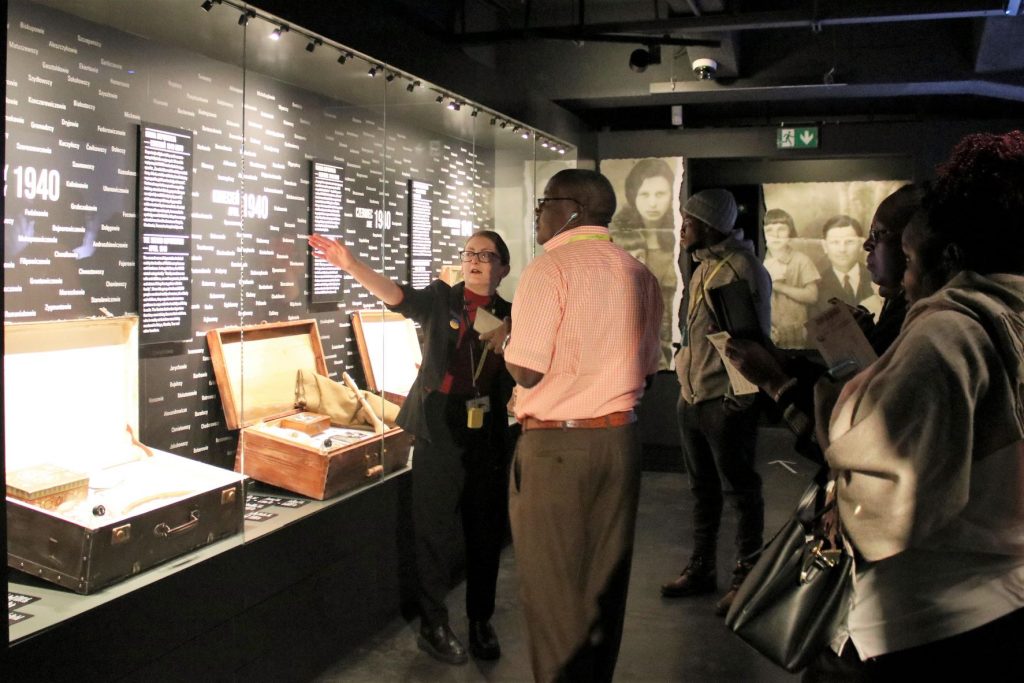
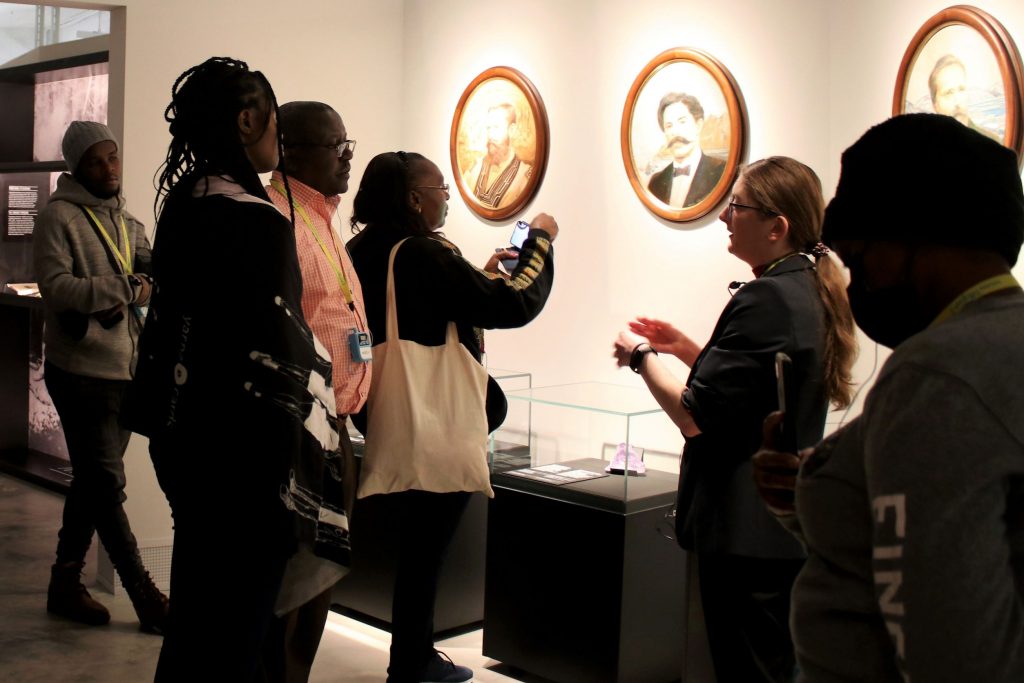
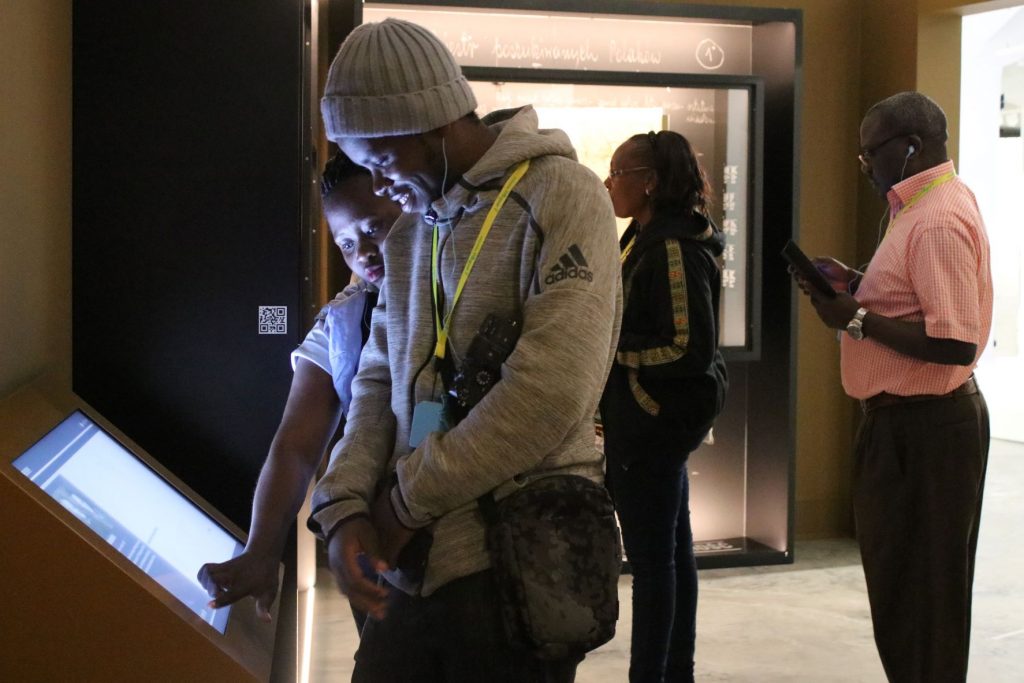
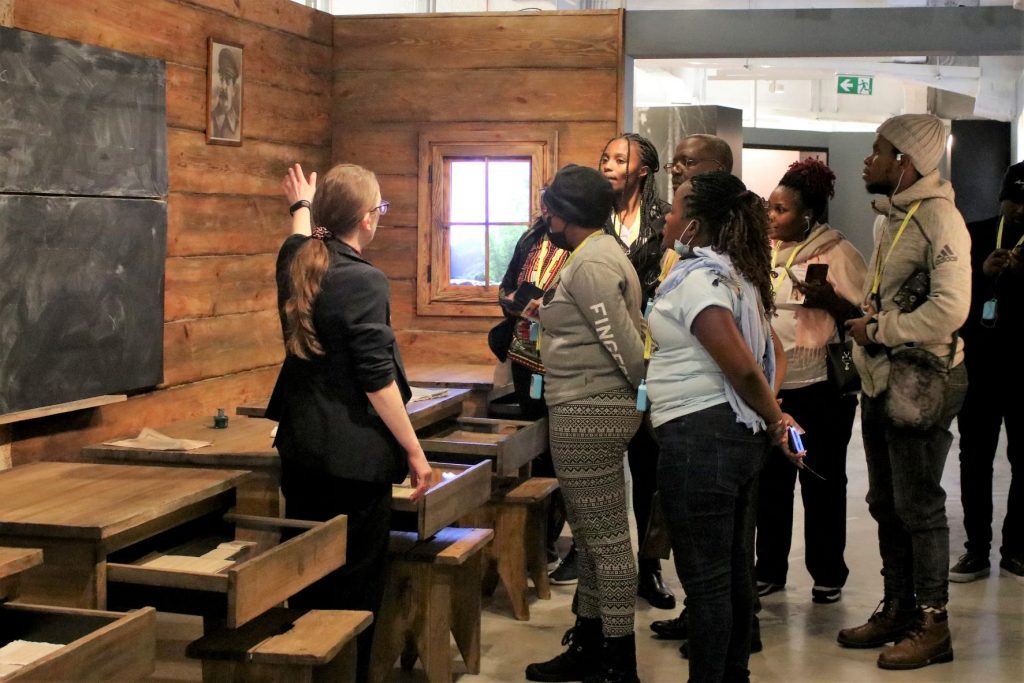
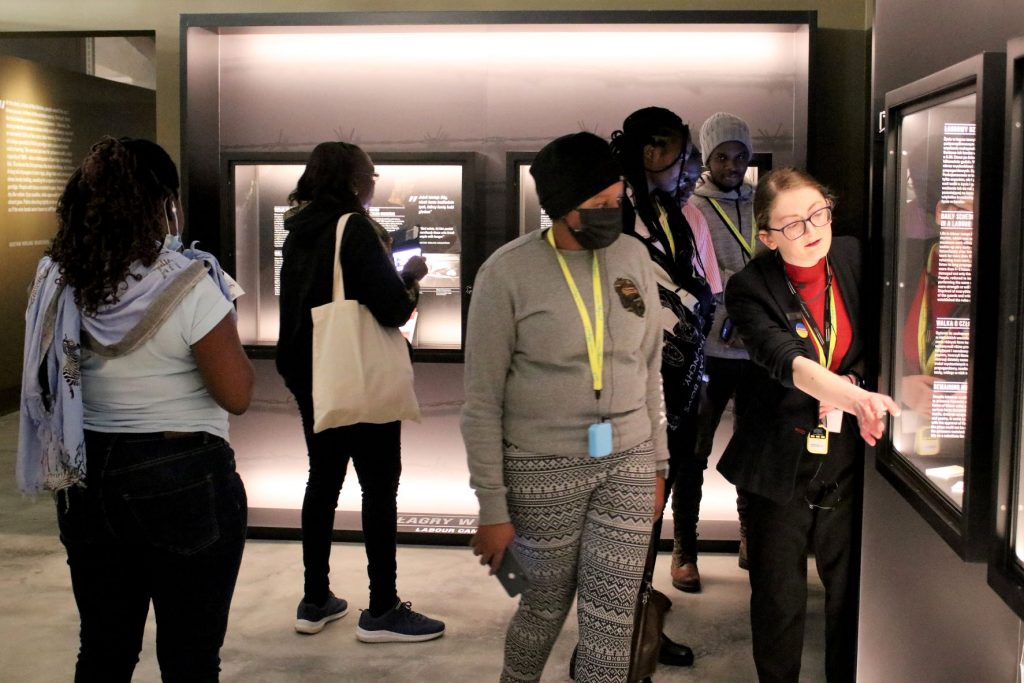
The study visit was prepared by the Polish Press Agency. The original plans were to visit the permanent exhibition of the museum at Węglowa, but one day before the arrival of the guests, we received a request that pleasantly surprised us.
— We found out that Ugandan and Kenyan guests would like to meet not only with our museologists, but also with Sybiraks to listen to their stories — says the director of the Sybir Memorial Museum, professor Wojciech Śleszyński.
Therefore, the representatives of the Bialystok Siberian Community came to the meeting at the Museum: Jolanta Hryniewicka, president of the Bialystok Branch of the Association of Siberian Deportees, Wanda Kościuczuk, secretary of the same Branch and Kazimierz Zalewski.
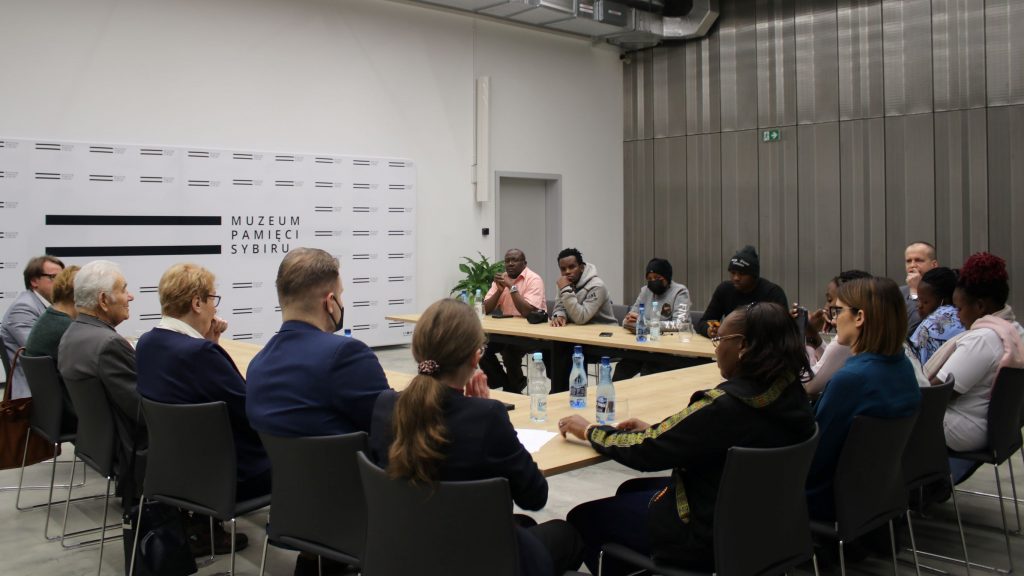
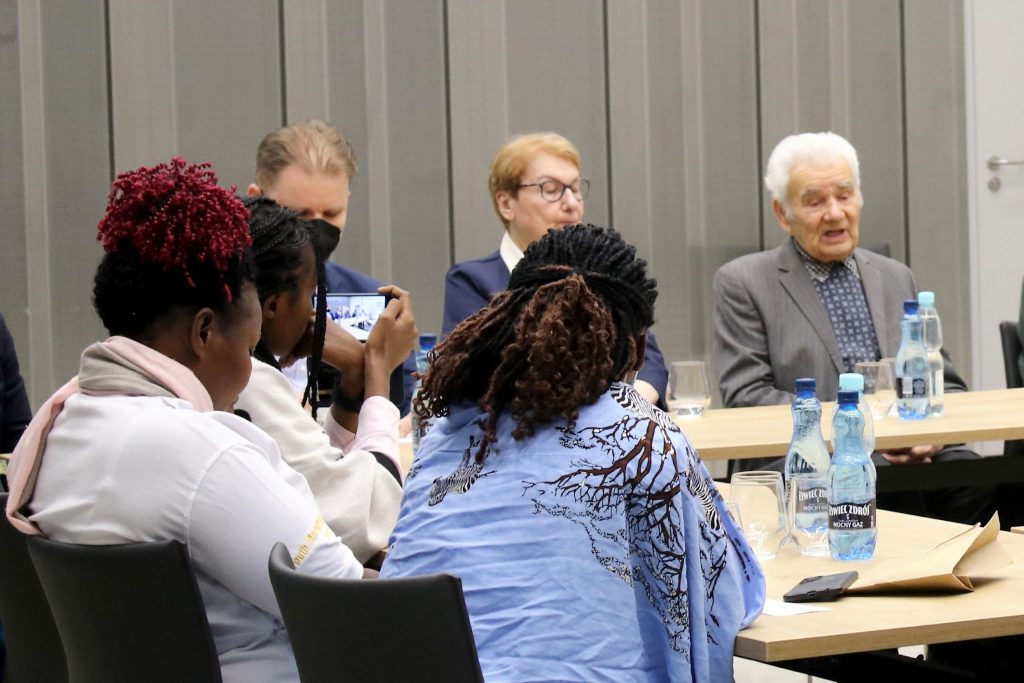
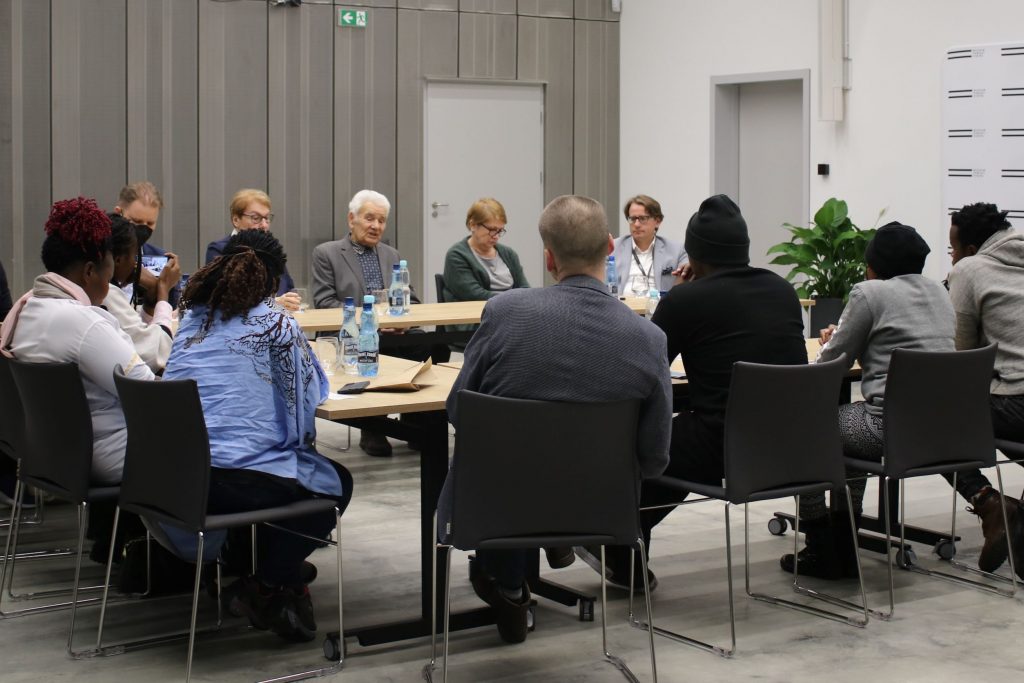
The guests visited the permanent exhibition with interest. Their attention was particularly drawn to the part of the exhibition that presented the ways out of the Poles from the Soviet hell. The route to freedom for many of our compatriots ran through Africa, which we show at the exhibition with the help of e.g. documents and personal Siberian mementos.
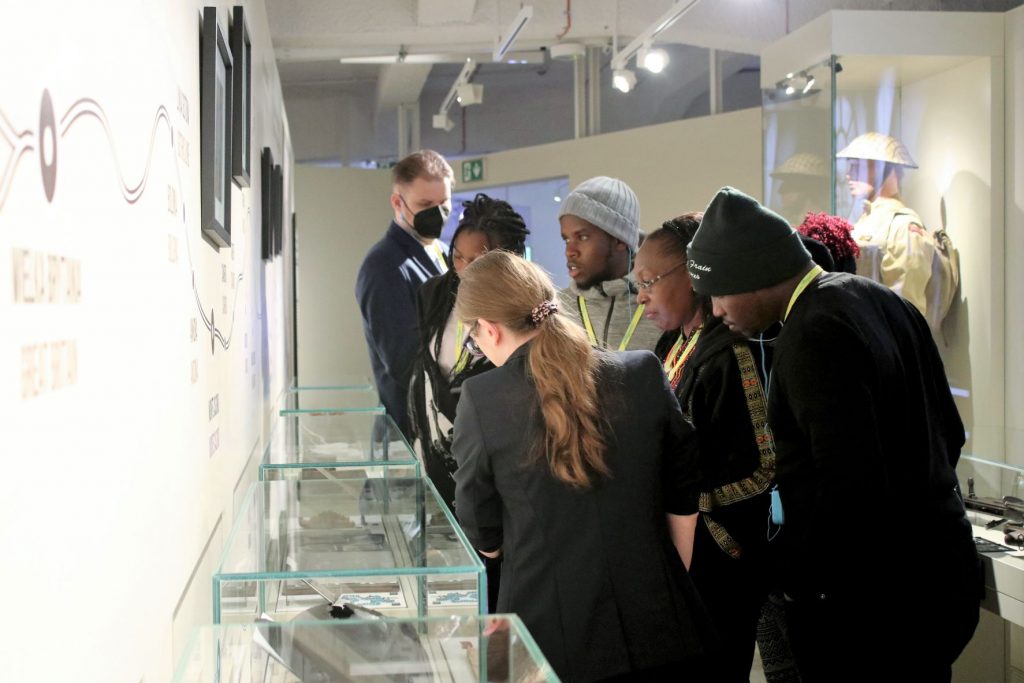
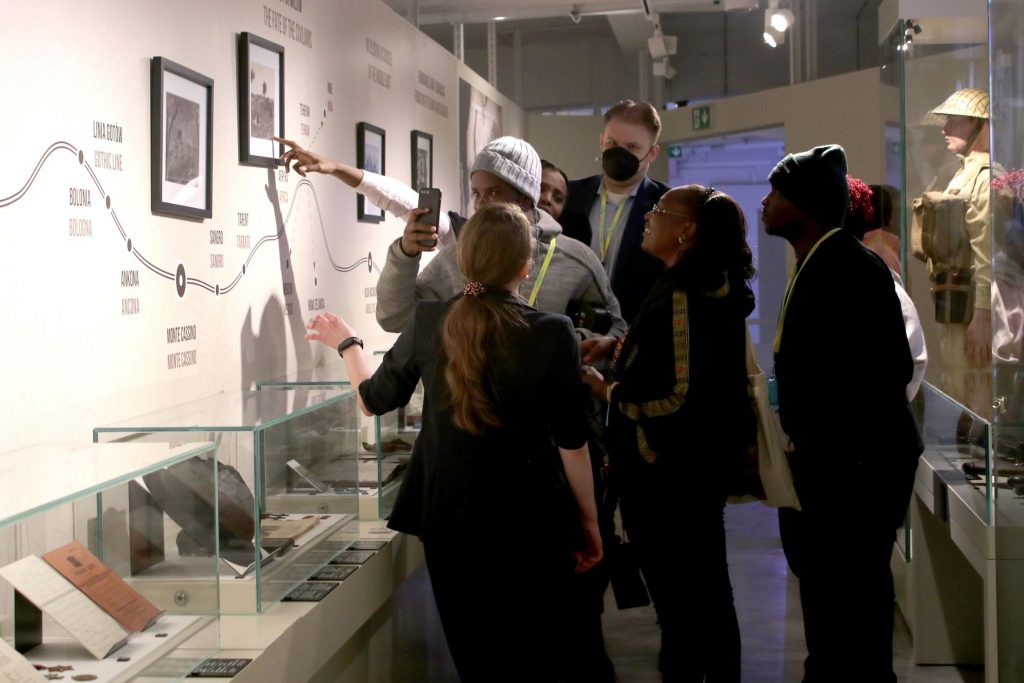
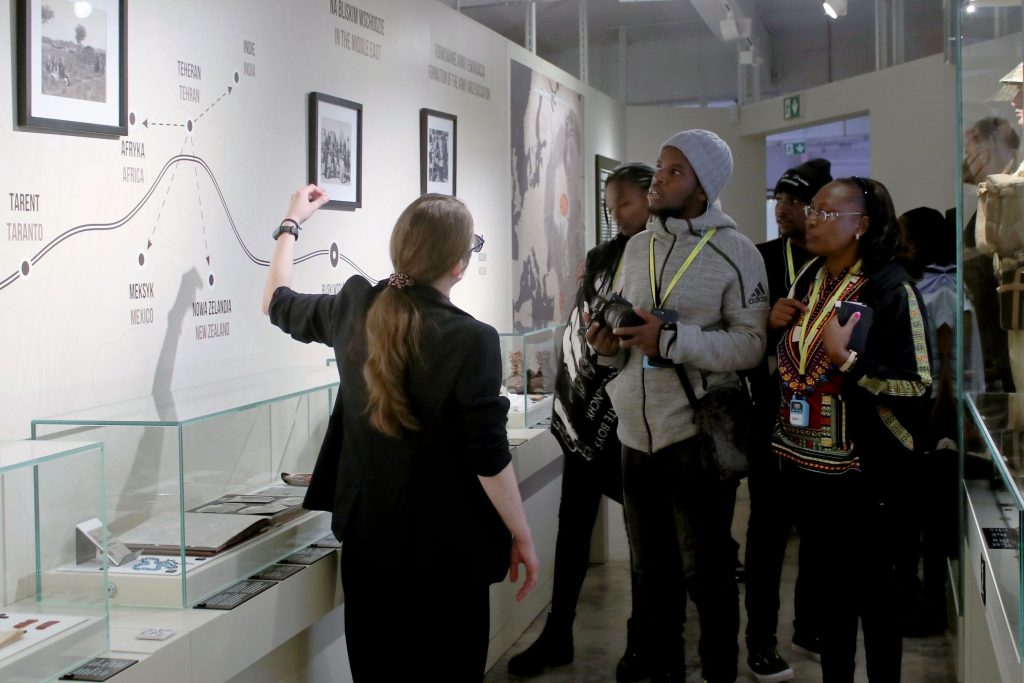
One of them is the dried starfish that belonged to Zofia Sądel née Dąbrowska. Zofia Dąbrowska, born in 1935 in Volhynia, was deported with her mother and brother Tadeusz deep into the USSR on February 10, 1940. They ended up in the Arkhangelsk District. Eight months later, their older brother Antoni, who had been arrested and imprisoned earlier for trying to escape to Romania, was brought to them.
After the “amnesty” announced by the Soviets in 1941, the family ended up in Uzbekistan, near the base of the Polish Armed Forces in the USSR. The brothers joined Anders’ Army. In 1942, Zofia and her mother were evacuated together with the orphanage to Pahlevi, then to Tehran and Africa.
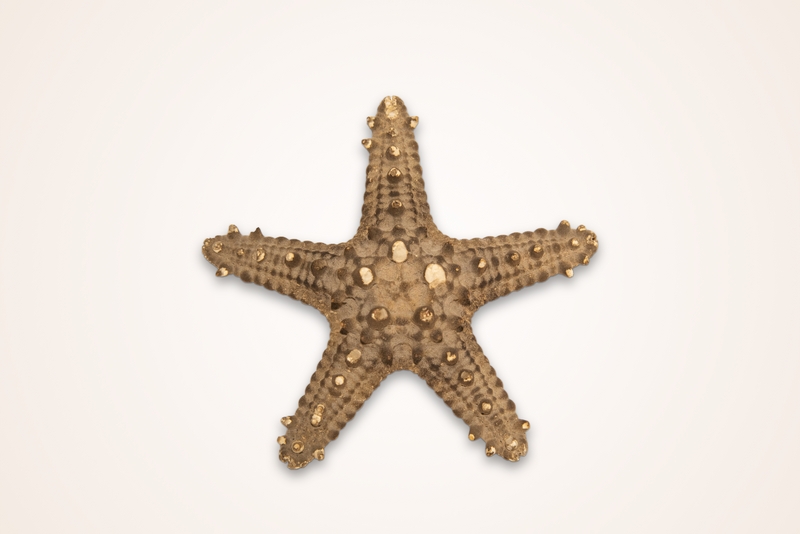
In the memoirs of Zofia Sądel née Dąbrowska, we find the following testimony: “The starfish, on the other hand (shows), how we waited for the ship in Mombasa and often went ashore at low tide. Once, the tide was very high and then we went to look for shells, I found a starfish — it was beautiful, colorful. I still had very nice shells — but I arranged them in the barracks under the window, and I did not take out the crabs, so all these shells escaped — and only this starfish remained as a souvenir from my return trip from Mombasa.
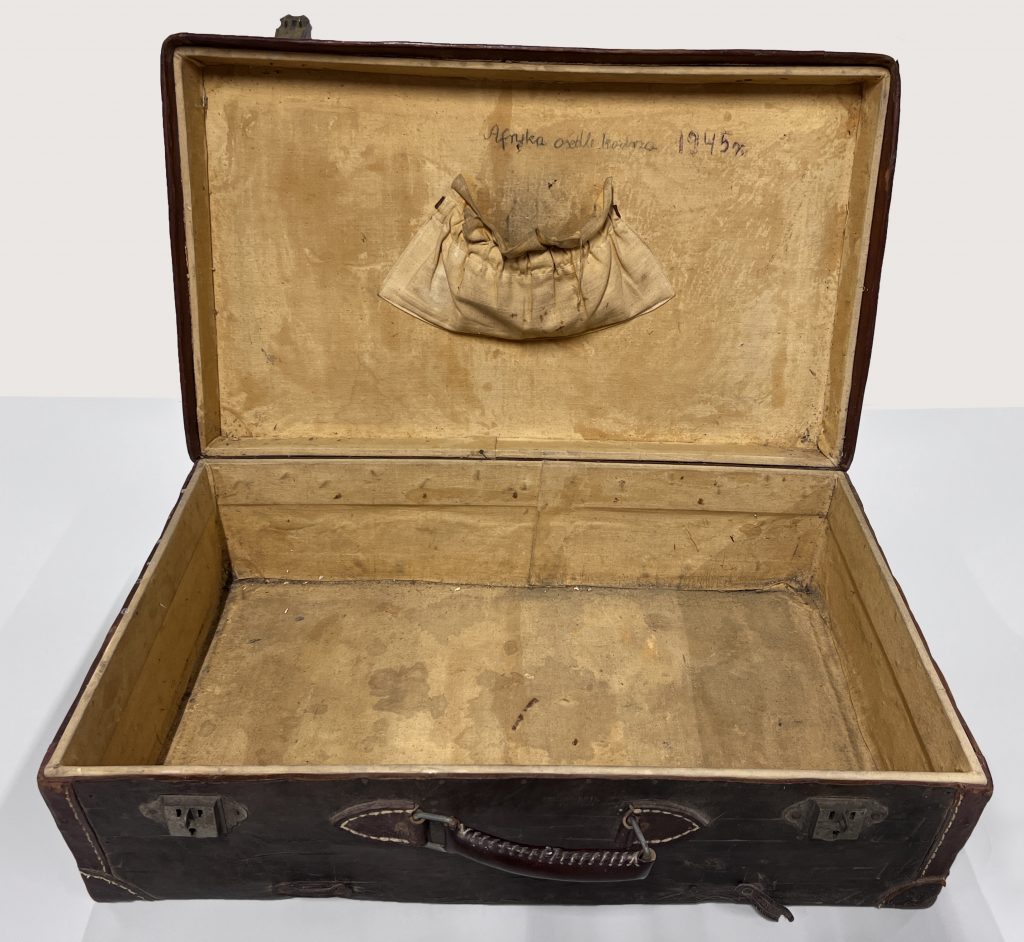
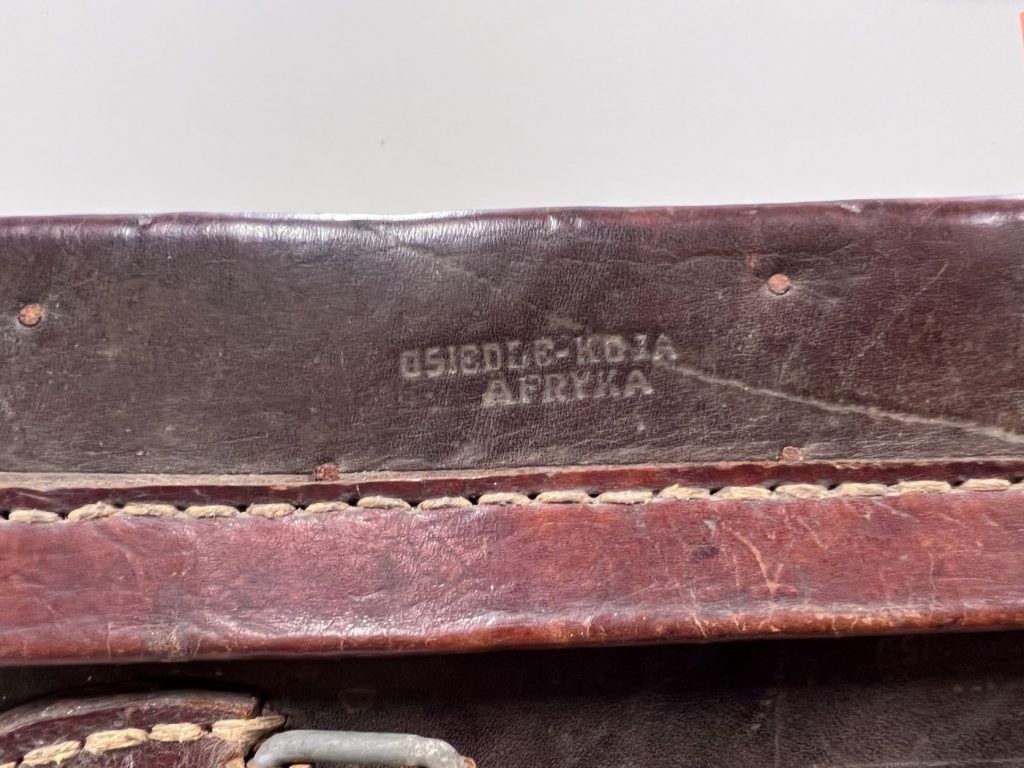
In the warehouses of the Sybir Memorial Museum we will find even more souvenirs from the African step of the journey from Sybir. This is, for example, Stanisława Sobolewska’s suitcase with the inscription “Osiedle Koja — Africa” given by her son, Wiesław. We also have numerous photos documenting life in “Polish Settlements”.
— Our guests were very interested in these photographs — said Katarzyna Śliwowska, Head of the Collections Department of the Sybir Memorial Museum after the meeting. — They asked for scans to illustrate the texts they are going to write about our museum and Polish Sybiraks in Africa — she explained.
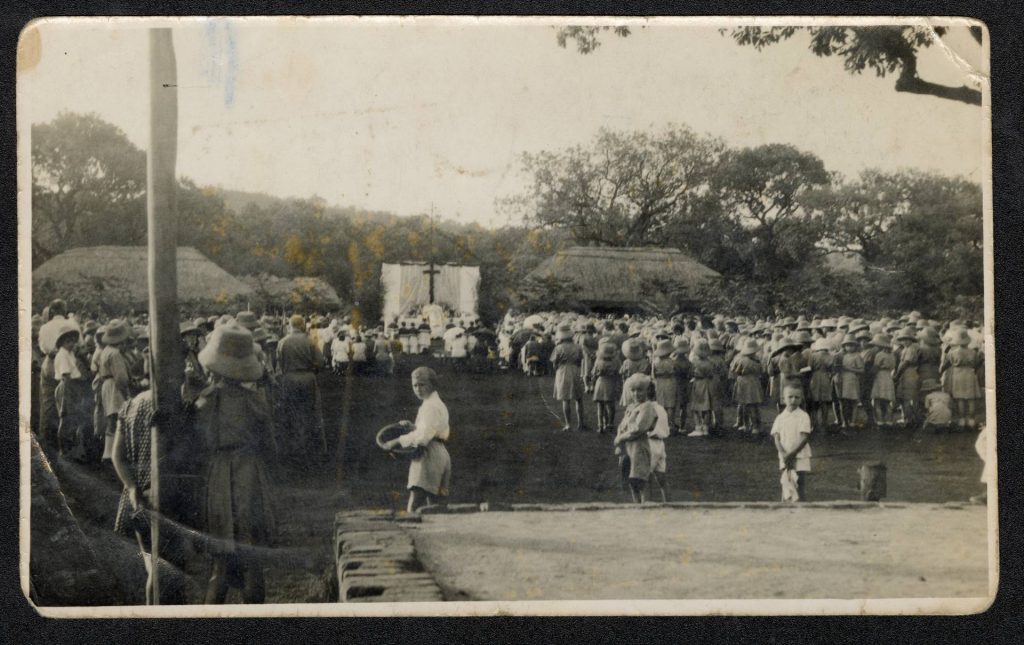
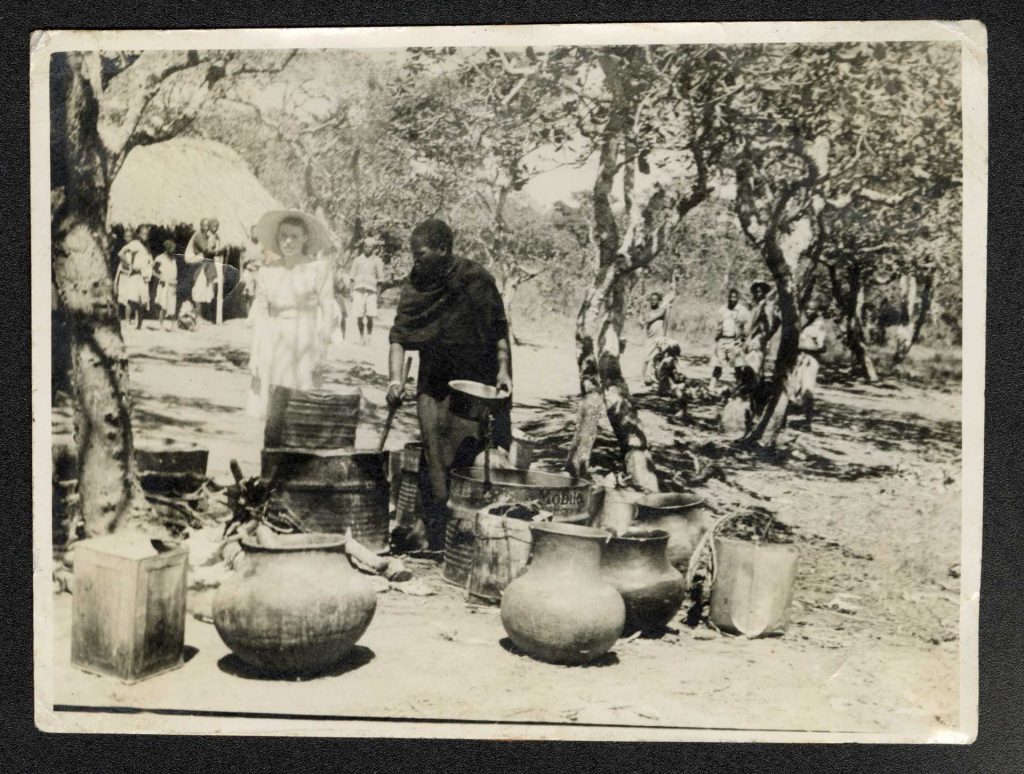
About 18,000 children and carers went to Africa. They disembarked at Mombasa, Tanga, Dar Es Salaam and Durban; from where they were transported to specially created camps. However, they had nothing to do with the camps they had to deal with in the Soviet Union.
“Polish Settlements” — as their inhabitants officially called them — actually resembled rather small towns, with cottages, schools, churches, workplaces, medical facilities and central squares where assemblies and ceremonies were held. They sometimes took their names from the town in which or next to which they were built and sometimes they received their own name.
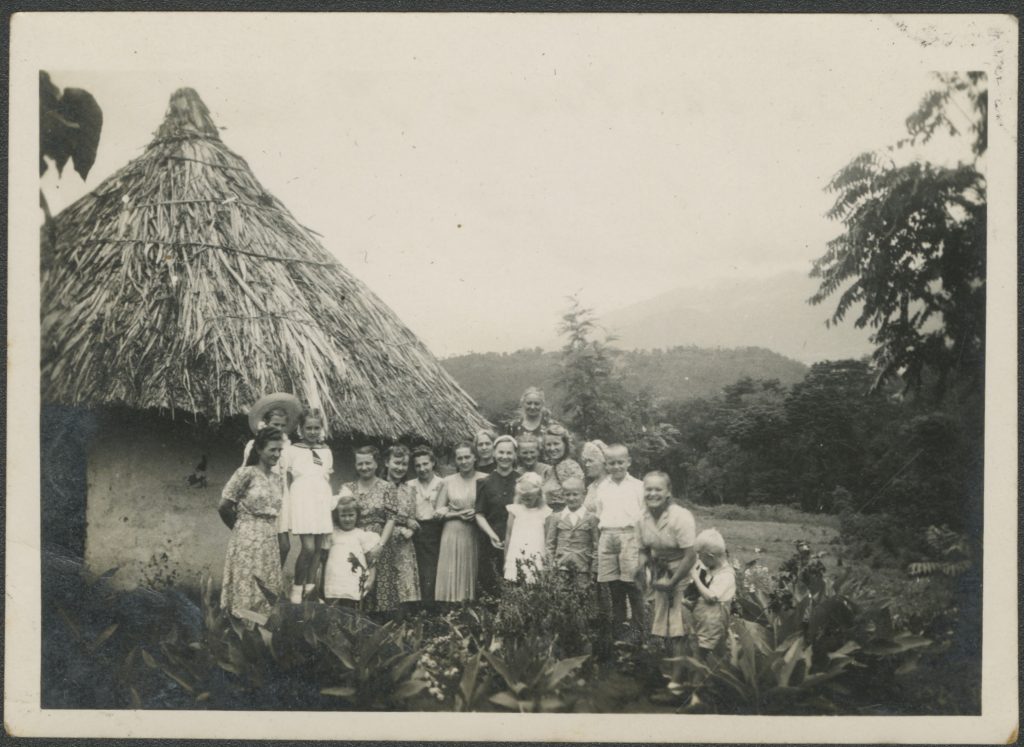
Tengeru and Koja settlements had their special charm. The first of them lay at the foot of the snow-covered peak of Kilimanjaro and the second on the edge of Lake Victoria. In East Africa, on the territory being now part of Kenya, Uganda and Tanzania, except the two mentioned, there were also such settlements as: Masindi, Morogoro, Ifunda, Kidugala, Kondoa, Rongai.
The settlements: Abercorn, Bwana Mkubwa, Fort Janeston, Lusaka, Livingstone were established in present-day Zambia and Zimbabwe (Northern and Southern Rhodesia at that time). There was only one settlement in the Union of South Africa (now Republic of South Africa) — Oudtshoorn.




